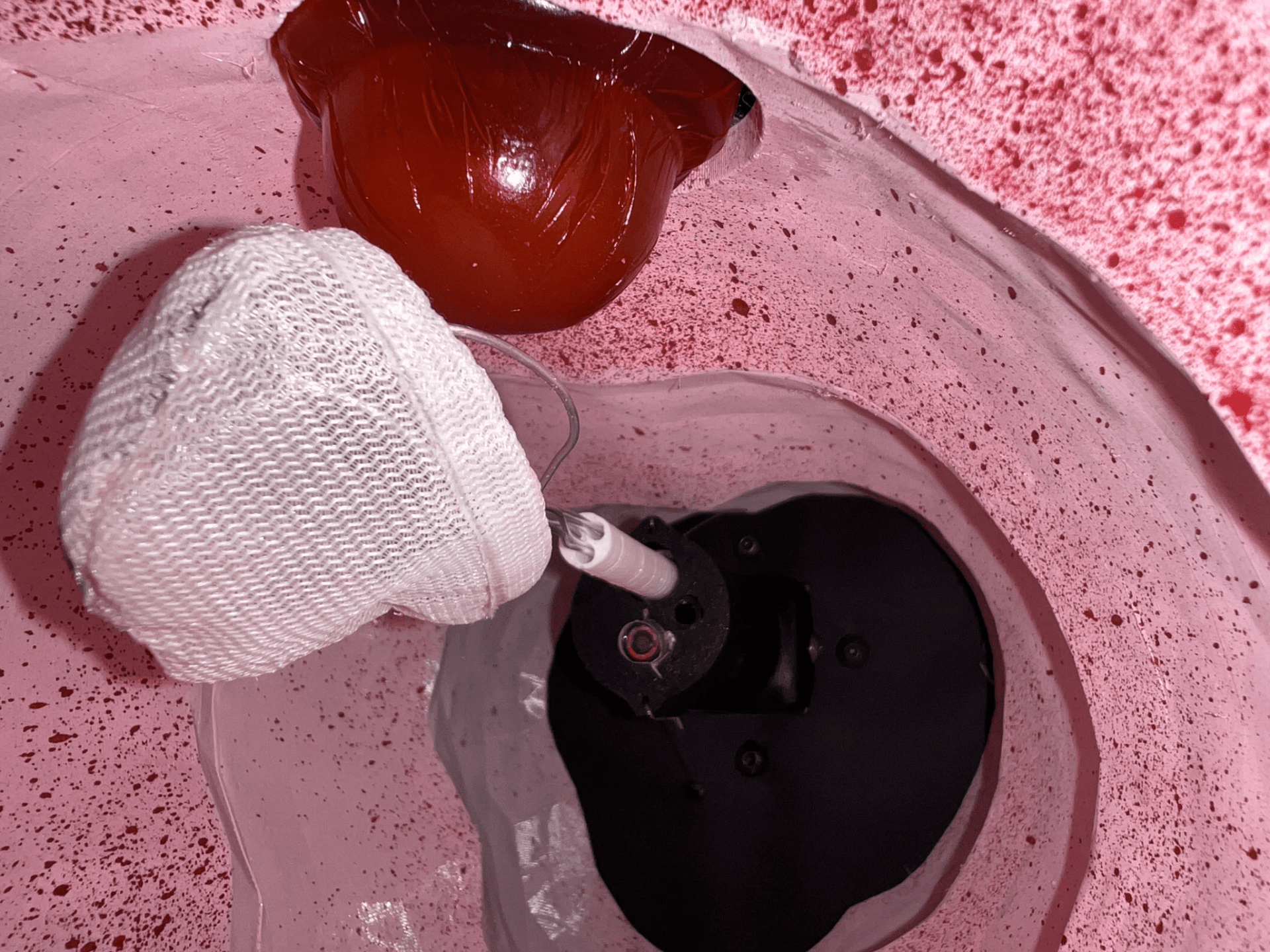Pushin’ Polyps
A polyp retrieval tri-tool for efficient removal of oversized colon polyps
Pushin’ Polyps: Polyp Tri-Snare Retrieval Tool
Colorectal cancer is the third most commonly diagnosed cancer in the US. A clinically detectable cause is the presence of colon polyps, which encompasses abnormal tissue growth inside the large intestine. The primary method of screening and diagnosis is through colonoscopies, during which any found polyps are resected and biopsied. Current technology for resection includes polypectomy snares to excise polyps from the colon wall and retrieval nets to hold and capture loose polyps. However, when large polyps (>10mm in diameter) are encountered, a challenge of efficiency arises. Large polyp resection is especially important due to the positive correlation between polyp size and malignancy. Two current conventional methods exist to retrieve large polyps: holding the polyp with a retrieval net while extracting the colonoscope or slowly cleaving the polyp into smaller pieces via a snare that can be suctioned, requiring an experienced gastroenterologist. Drawbacks of these protocols include a significantly increased procedure time due to the colonoscope withdrawal and destruction of polyp histology, rendering it difficult for pathologists to examine the specimen, respectively. In addition, segmentation increases the risk of losing portions of the polyp. The polyp tri-snare retrieval tool addresses these aforementioned complications by slicing a polyp in a secure net, allowing larger-sized polyps to compress further and fit through the colonoscope’s active channel. A modular tri-sheath design allows for three tools to be used simultaneously: a retrieval net with snaring capabilities and two snares arranged diagonally for segmentation into four pieces. The device also incorporates a novel control mechanism allowing for independent operation of the tools via sliders along the cylindrical component of the base of the colonoscope. Through the immediate capture of large polyps upon snaring, losses are prevented, and the subsequent fragmentation to increase compressibility eliminates colonoscope removal and dramatically improves polypectomy efficiency for physicians.



